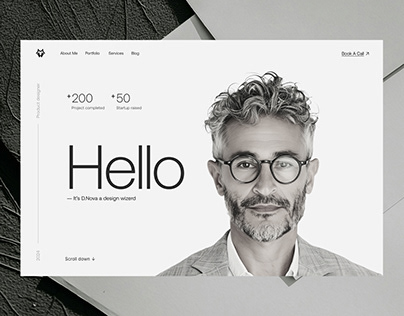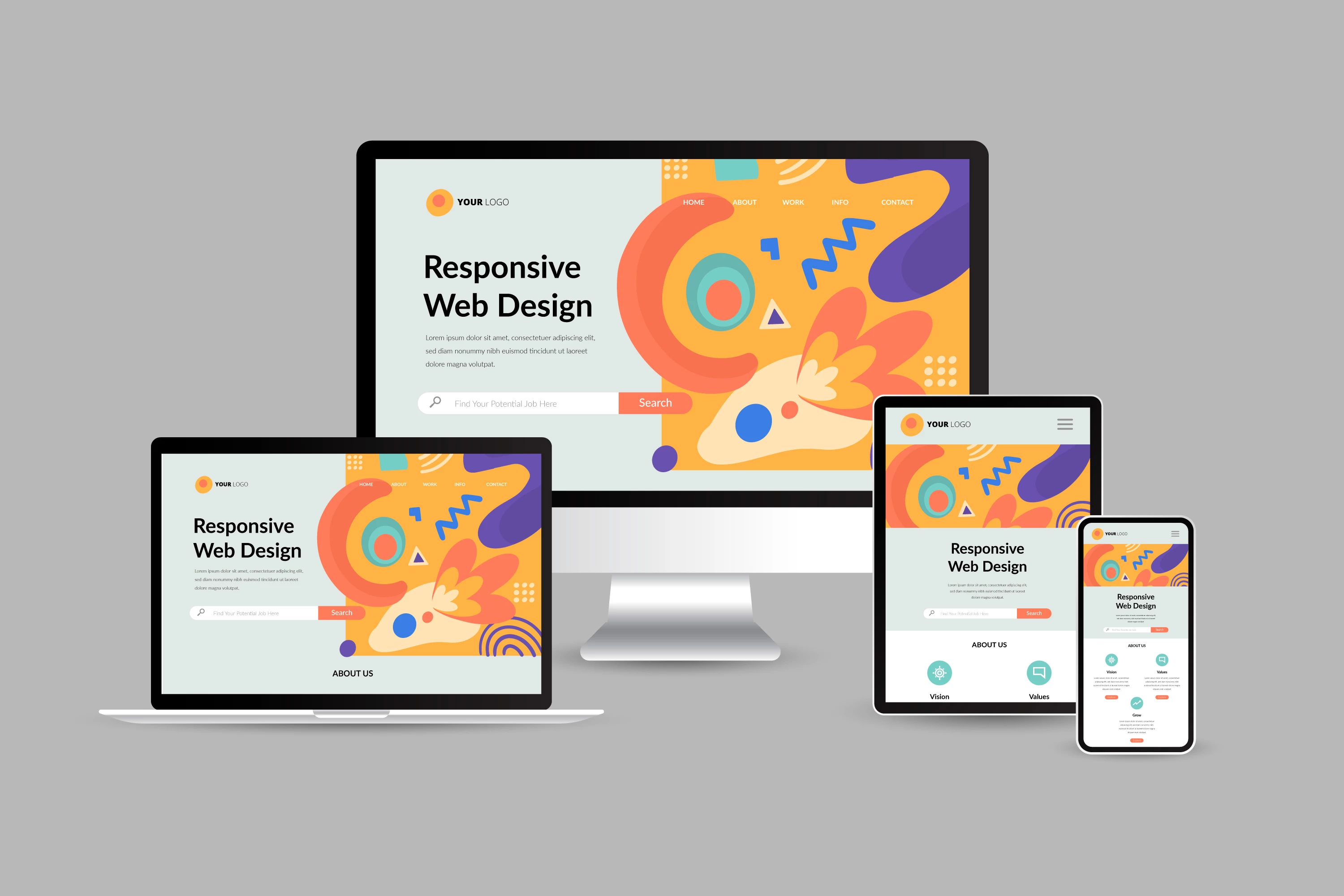Modern Website Design Services with a Focus on Navigation
Modern Website Design Services with a Focus on Navigation
Blog Article
Top Tips for Producing an Impactful Internet Site Layout That Transforms
In today's electronic landscape, the significance of an impactful website design can not be overstated, particularly when it involves transforming site visitors right into consumers. To attain this, one have to think about a range of variables, consisting of recognizing the target audience, prioritizing customer experience, and optimizing for mobile systems. In addition, the critical use compelling call-to-actions and a well-defined aesthetic pecking order plays an important function in leading customers through their journey. As we check out these important components, it ends up being apparent that the success of your web site hinges on even more than just looks; it calls for a thoughtful method to style and performance.

Understand Your Target Market
Understanding your target audience is basic to effective web site layout, as it lays the groundwork for creating an appealing customer experience. Determining that your customers are, including their demographics, preferences, and habits, makes it possible for developers to tailor the web site's content, layout, and capability to satisfy specific needs.
Carrying out comprehensive marketing research is critical in this procedure. Studies, interviews, and analytics can give important understandings right into user assumptions and pain points. By assembling this data, designers can develop customer characters that represent different sectors of the audience, guaranteeing that layout decisions are notified and appropriate.
In addition, understanding the target market aids in choosing ideal design components such as color pattern, typography, and imagery that resonate with customers. A web site that talks straight to its target market promotes a feeling of link and trust fund, encouraging longer sees and higher conversion prices.
Ultimately, a user-centered method to web site layout not just boosts customer satisfaction yet additionally supports service goals by driving involvement and loyalty. By prioritizing the requirements and preferences of the target market, a web site can properly offer its purpose and achieve wanted end results.
Prioritize Customer Experience
To boost the overall effectiveness of a website, prioritizing individual experience (UX) is important (Website Design). A properly designed UX makes certain that site visitors can navigate the website easily, locate info quickly, and involve with content meaningfully. This causes enhanced user complete satisfaction and higher conversion rates
Begin by applying instinctive navigating. Menus should be realistically structured, allowing users to situate key locations of the site with minimal initiative. Consistency in design elements, such as color pattern and typefaces, promotes knowledge, which is crucial for keeping individual engagement.
Additionally, take into consideration the packing speed of your internet site. A delay of just a couple of seconds can lead to significant drop-offs, as users are much less most likely to wait on a slow-loading web page. Improving images and maximizing code can improve performance and retain site visitors.
In addition, quality in content presentation is crucial. Usage succinct, engaging language and separate text with visuals to boost readability. By focusing on customer experience, you not just produce a much more enjoyable setting for visitors but additionally enhance your brand's integrity. Inevitably, a concentrate on UX is a financial investment in the long-lasting success of your internet site.
Maximize for Mobile Devices
Optimizing for mobile tools is essential in today's electronic landscape, where an increasing number of individuals gain access to websites through smart devices and tablet computers. A mobile-friendly design not only improves individual experience however also plays a substantial duty in boosting internet search engine rankings. To attain this, it is crucial to take on a receptive style that immediately adapts to different screen dimensions and positionings.

Loading rate is one more vital element; mobile individuals are generally much less individual and expect fast accessibility to info. Optimize images and take advantage of browser caching to boost performance. Ultimately, test your site on several devices and display resolutions to determine and rectify any prospective usability issues. By prioritizing mobile optimization, you ensure that your website stays competitive and successfully engages a blog more comprehensive audience.
Use Engaging Call-to-Actions
A site's performance typically rests on its capacity to assist visitors towards wanted activities, making compelling call-to-actions (CTAs) crucial elements of style. CTAs act as the crucial points that guide individuals to engage with the website, whether that indicates purchasing, registering for an e-newsletter, or downloading a source.
To create efficient CTAs, clearness is vital. Use concise language that plainly connects the activity you desire the individual to take. Phrases such as "Begin," "Sign Up Free," or "Shop Now" not only communicate necessity however also get rid of uncertainty. The positioning of CTAs is just as important; they need to be tactically positioned throughout the webpage to ensure they are conveniently noticeable, especially in high-traffic locations.
Moreover, the design of CTAs need have a peek here to stand apart without being obtrusive. Use contrasting shades and clear typefaces to ensure they capture attention. Additionally, take into consideration making use of directional hints, such as arrowheads or images, to lead individuals toward these buttons. By concentrating on these elements, organizations can dramatically improve user engagement, driving conversions and inevitably accomplishing their web site's goals.
Focus on Visual Hierarchy
Reliable site style counts greatly on a well-structured visual power structure that guides individuals through content effortlessly. By arranging components in a fashion that prioritizes details, designers can improve individual experience and help with decision-making. This entails making use of dimension, color, contrast, and spacing strategically to draw interest to one of the most crucial elements of a webpage.
Using larger font styles for headings and subheadings develops a clear distinction between various sections, enabling customers to check material easily. In addition, employing contrasting colors for switches and calls-to-action can capture user focus and motivate communication. Whitespace is another vital part; it protects against mess and allows individuals to concentrate on vital messages without distractions.
Pictures and graphics should match the text while likewise adhering to the well-known hierarchy, reinforcing the total message (Website Design). Consistency in layout aspects, such as color design and typography, further enhances the aesthetic hierarchy, making navigation intuitive

Conclusion
In verdict, effective internet site design necessitates a comprehensive understanding of the target audience, prioritization of customer experience, and mobile optimization. Ultimately, a well-executed web site layout offers as an important component in driving customer actions and achieving business purposes.
Report this page